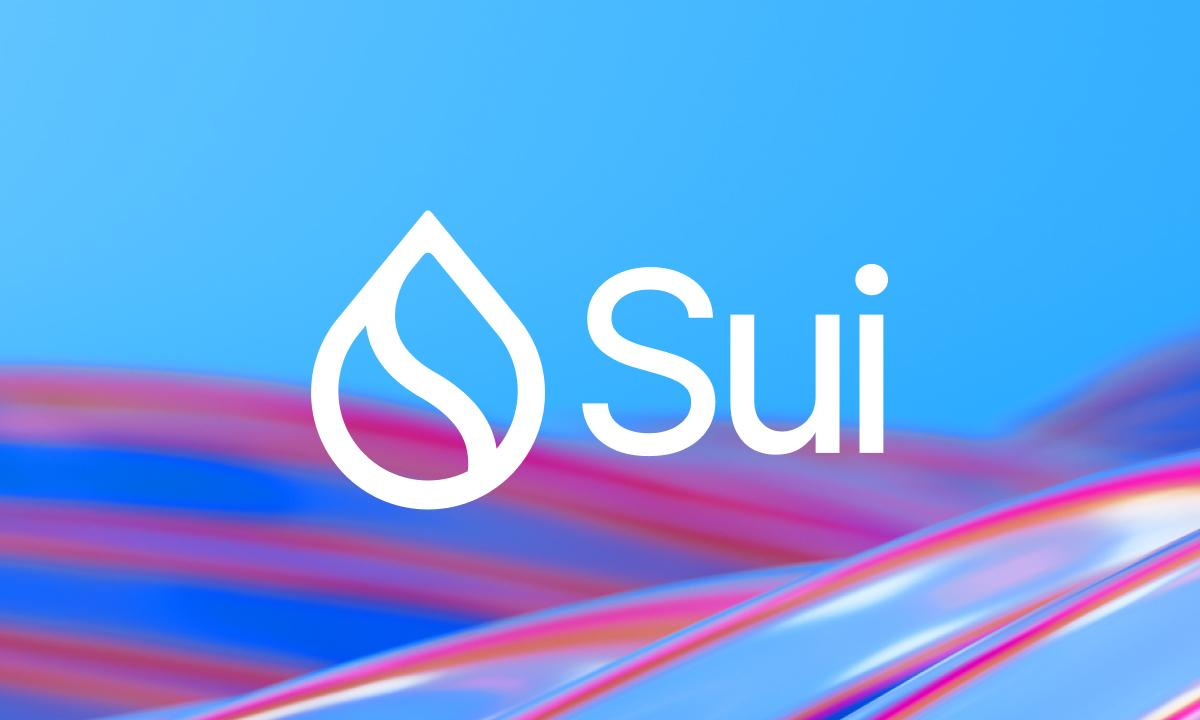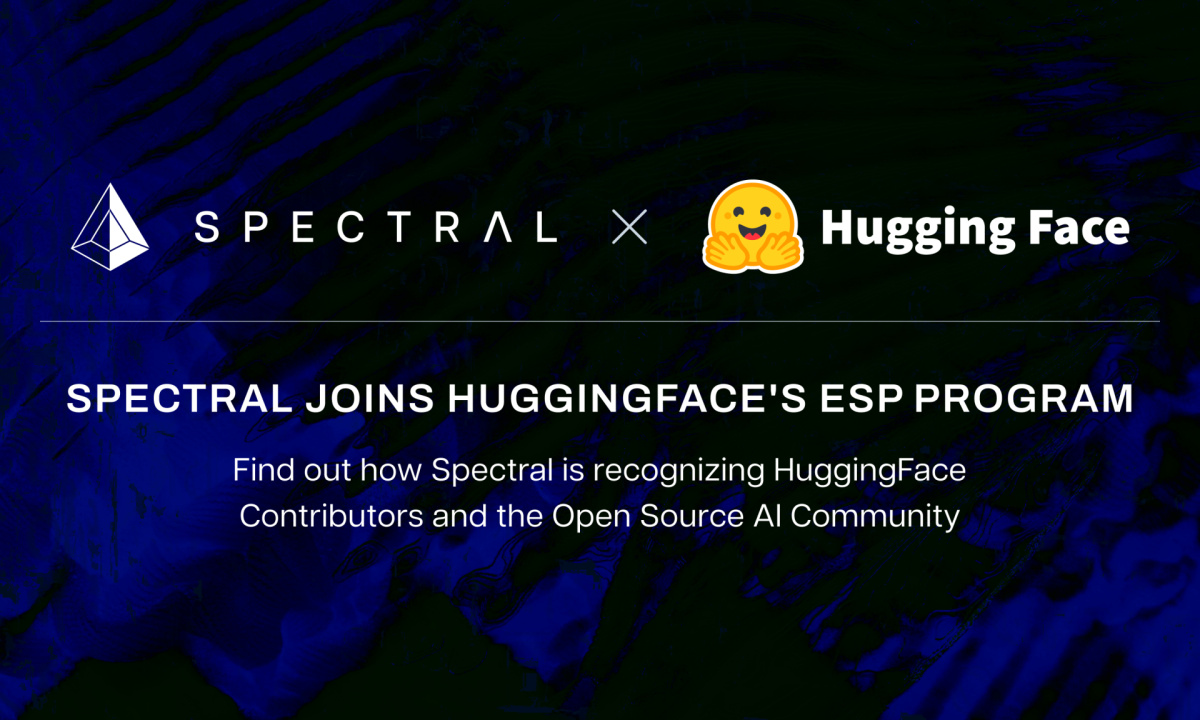Table of Contents
The International Monetary Fund (IMF) is working on a concept of a global infrastructure to ensure the interoperability of settlements between digital currencies issued by central banks.
A New Class Of Cross-Border Payment Systems
The International Monetary Fund Director stated at a conference in Morocco that the IMF was working on a principle of interoperability. According to her, the concept involves a “shared infrastructure.” This would help avoid the emergence of settlement blocks, which is the last thing that anyone wants as they look to avoid further economic fragmentation. The International Monetary Fund presented the outline of the new cross-border payment system, which it states uses a single ledger to register and record central bank digital currency (CBDC) transactions, programmability, and improved information management.
The new platform concept was unveiled on the 19th of June at a roundtable on CBDC policy held in Morocco. The event was held in partnership with the Central Bank of Morocco. At the event, the International Monetary Fund’s director of monetary and capital markets department, Tobias Adrian, stated that the new platform could benefit individual and institutional users by offering faster transaction times and significantly lower fees. He added,
“Some of the 45 billion dollars paid to remittance providers every year may then go back in the pockets of the poor.”
Furthermore, the new platform can help central banks intervene in foreign exchange markets, resolve disputes, and aggregate information on capital flows. It can also be adapted for domestic, wholesale, and retail CBDCs as well.
Details Of The Platform
Further details about the platform, called the XC (cross-border payment and contracting) platform, were disclosed in an IMF FinTech note. The note was co-authored by the International Monetary Fund’s monetary and capital markets department director and released the same day as the announcement.
“XC platforms offer a trusted single ledger – a document representing property rights -- on which standardized digital representations of central bank reserves in any currency can be exchanged.”
The XC platform has been designed on the same model as the infrastructure of central bank digital currencies. It would consist of a settlement layer with a single layer and access to the layer would be gradually expanded. At present, institutions must have a reserve account with their respective central banks in order to conduct cross-border operations. However, the XC platform would directly allow the trading of tokenized central bank reserves, with liquidity still coming from institutions that held reserve accounts.
The XC platform will also offer a programming layer that would give institutions the opportunity to innovate and customize their services as required, while an AML layer would help to meet privacy protections and trust conditions. The platform would also not require CBDCs. Instead, the platform would facilitate interoperability between assets and money tokenized by the private sector and create standards and a safe environment to program financial contracts.
In a press statement, the IMF Managing Director stated,
“As we proceed to the upcoming 2023 IMF and World Bank Annual Meetings, I have just wrapped up an excellent panel discussion with Governor of Bank Al Maghrib Abdellatif Jouahri on Central Bank Digital Currencies (CBDCs) as part of the High-level Policy Roundtable on Central Bank Digital Currencies: The Role of the Public Sector in Money and Payments – A New Vision.”
The Rise Of CBDCs
According to a report by the Atlantic Council, 11 countries have launched their own central bank digital currency. Additionally, all G7 countries are currently in the developmental stage of creating a CBDC. A total of 114 countries, representing 95% of the global gross domestic product, are exploring creating a central bank digital currency. This is in stark contrast to only 35 countries in 2020. Supporters of central bank digital currencies argue that they can provide significantly better financial services for citizens, while critics argue that they pose a considerable risk to privacy.
Although there are signs of a division, the United States is also exploring CBDCs, with treasure officials stating that the agency is looking into privacy concerns associated with CBDCs. The assistant secretary for financial institutions at the US Treasury, Graham Steele, stated at the Transform Payments US 2023 conference that retail CBDCs have pros and cons, with one challenge related to privacy. Some lawmakers, such as Florida Governor and Republican presidential candidate Ron DeSantis, have openly opposed CBDCs. DeSantis had signed a bill banning CBDCs, making Florida the first state to do so.
“The movement to establish a central bank digital currency is an attempt to surveil & control the finances of Americans. It would violate privacy, limit consumer choice & undermine market competitiveness.”
Republican Senator Ted Cruz has also opposed CBDCs and has even mooted banning the Federal Reserve from issuing a CBDC.
Disclaimer: This article is provided for informational purposes only. It is not offered or intended to be used as legal, tax, investment, financial, or other advice.
Investment Disclaimer










